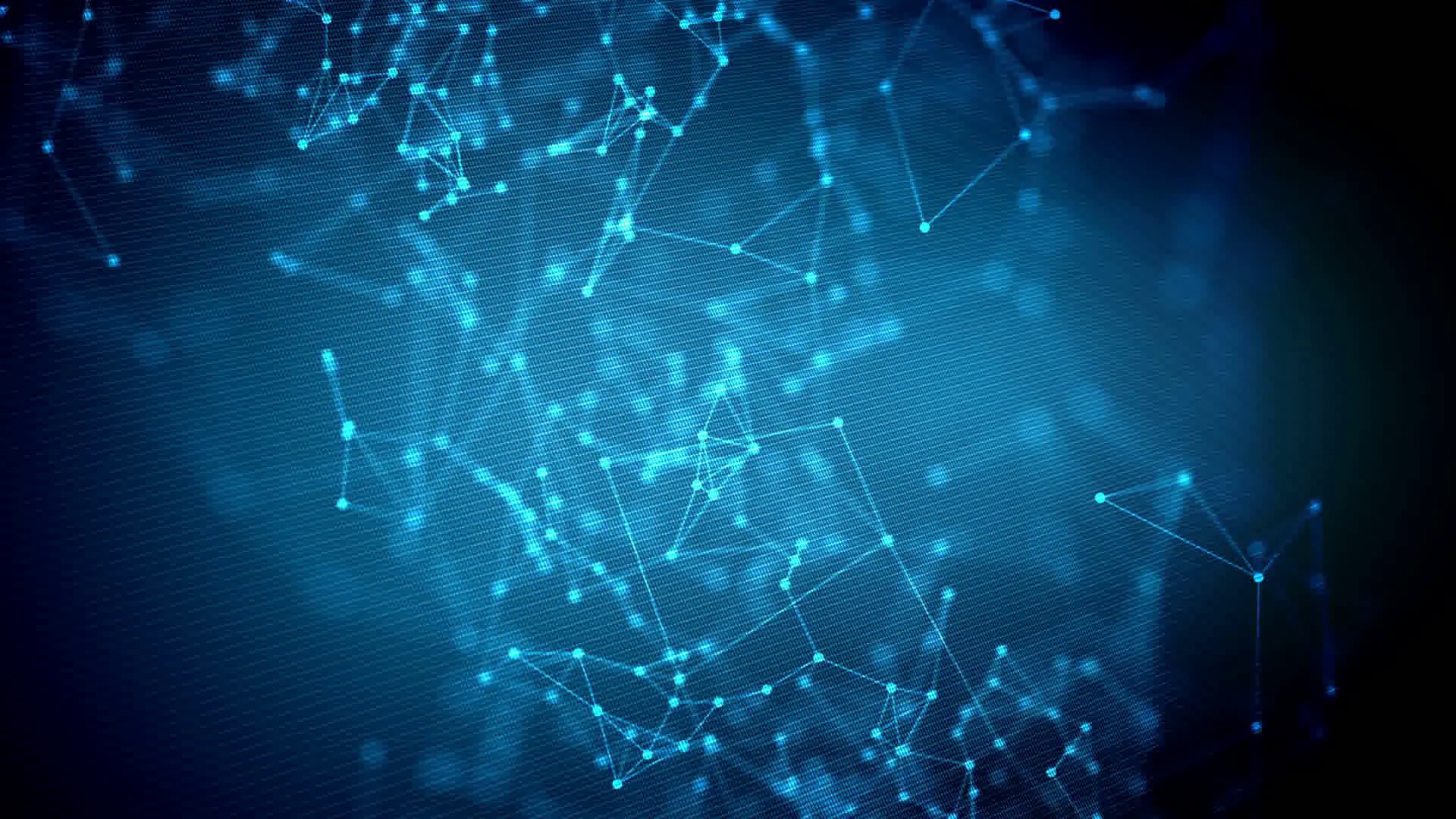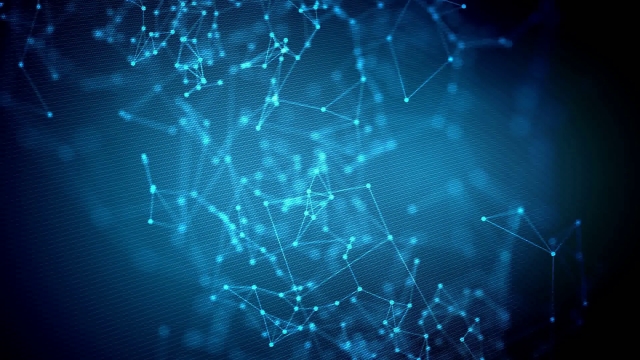
In an era where technology is advancing at an exponential rate, the rise of deepfake technology has taken the world by storm. Deepfakes, a term derived from "deep learning" and "fake," have revolutionized the way we perceive reality and have raised critical concerns about the authenticity of digital content. These sophisticated algorithms have the ability to manipulate and superimpose human faces onto different bodies or create entirely fabricated videos that mimic genuine interactions.
With the increasing availability of powerful computing systems and vast amounts of data, deepfake technology has become a harbinger of both awe and apprehension. While its potential for entertainment and creative expression is undeniable, the implications of this technological advancement are far-reaching. By blurring the lines between truth and fabrication, deepfakes challenge our fundamental understanding of reality and pose significant risks to individuals, organizations, and even entire societies.
In this article, we will delve into the intricate workings of deepfake technology, exploring its origins, applications, and the ethical and societal dilemmas it brings. Join us on this thought-provoking journey as we unravel the illusory reality that deepfakes construct and confront the profound implications they hold for our digital age. It is imperative that we grasp the intricate nuances of this technology, in order to navigate the sea of deception in an increasingly complex world.
Face Swap
Understanding Deepfake Technology
Deepfake technology is a rapidly evolving field that has gained significant attention in recent years. It refers to the use of artificial intelligence and machine learning algorithms to create highly realistic, yet entirely fabricated, videos or images. This technology utilizes advanced techniques to manipulate and superimpose one person’s face onto another’s, resulting in the creation of convincing but entirely fabricated content.
The development and sophistication of deepfake technology can be attributed to the advancements in machine learning and artificial intelligence algorithms. These algorithms are trained on vast amounts of data, including images and videos of individuals, to learn the intricate details of their facial features, expressions, and movements. By feeding this data into deep neural networks, the technology can generate highly realistic imitations that are indistinguishable from authentic footage.
While initially used for entertainment purposes, the potential ramifications and ethical concerns of deepfake technology have raised significant alarm. It has the potential to undermine the trust and credibility of visual media, as it becomes increasingly challenging to differentiate between genuine and manipulated content. This has far-reaching implications, particularly in contexts where the spread of disinformation and fake news can have detrimental effects on society.
As deepfake technology continues to advance, there is a growing need for robust detection methods and legislation to curb misuse. Organizations and researchers are investing heavily in developing algorithms and tools that can identify manipulated content, aiming to mitigate the harmful repercussions of this technology. Additionally, legal frameworks are being explored to tackle the misuse of deepfakes and protect individuals from potential harm.
In the next section, we will delve deeper into the potential applications and implications of deepfake technology. Stay tuned to uncover the multifaceted aspects of this emerging field.
The Impact of Deepfake Technology
With the rise of deepfake technology, the world is witnessing a significant impact on various domains. From entertainment to politics, this disruptive technology has sparked both excitement and concern.
In the realm of entertainment, deepfake technology has opened up new possibilities for filmmakers and content creators. By seamlessly blending real and digital elements, deepfakes have revolutionized the way characters are portrayed on screen. Actors can now be digitally rejuvenated or transformed into entirely different individuals, pushing the boundaries of visual effects in cinema.
However, the implications of deepfake technology extend beyond the realm of entertainment. This powerful tool has raised serious concerns regarding misinformation and the potential for malicious use. With the ability to manipulate videos and audio, deepfakes have the potential to spread fake news and undermine trust in media sources. As a result, the authenticity of digital content is now more critical than ever before.
Furthermore, the political landscape has also been impacted by deepfake technology. The ability to create convincing videos and audio that appear to feature politicians saying or doing things they never did could have devastating consequences. Deepfakes could be used to manipulate public opinion, influence election outcomes, and even incite violence. Governments and policymakers across the globe are grappling with the ethical and legal challenges posed by this rapidly evolving technology.
In conclusion, deepfake technology has fundamentally altered the way we perceive reality, both in the entertainment sphere and beyond. It offers exciting possibilities but also raises significant concerns. As this technology continues to advance, it is crucial to find ways to mitigate its negative effects and establish safeguards to protect the integrity of digital content and ensure the trustworthiness of information disseminated to the public.
Addressing the Challenges of Deepfake Technology
The rapid advancement of deepfake technology has brought about various challenges that society must confront. One major concern is the potential misuse of this technology for malicious purposes. Deepfakes can be easily created and shared, making it difficult to distinguish between real and fabricated content. This raises serious implications for trust, as people may find it increasingly difficult to discern what is real and what is not.
Furthermore, deepfakes have the potential to be used for defamation or spreading false information. By manipulating videos or photos, malicious actors can damage an individual’s reputation or even deceive the public. This poses a significant risk to the integrity of information and can have far-reaching consequences in various spheres, including politics, journalism, and entertainment.
In order to address these challenges, comprehensive solutions must be implemented. Firstly, there is a need for improved detection and verification tools to quickly identify deepfakes. Research and development in this area are vital to stay ahead of the evolving technology. Additionally, education and awareness campaigns can empower individuals to critically evaluate online content and recognize potential signs of manipulation.
Legislation and regulation are also crucial for combating the negative effects of deepfake technology. Governments and tech companies should collaborate to establish guidelines and frameworks to address the ethical and legal implications associated with the creation and dissemination of deepfakes. This can include penalties for those found guilty of malicious use, as well as the development of robust content authentication systems.
In conclusion, while the rise of deepfake technology presents numerous challenges, proactive measures can be taken to mitigate their impact. By investing in research, education, and regulation, society can safeguard against the misuse of deepfakes and maintain the trust and authenticity of our digital world.






Recent Comments